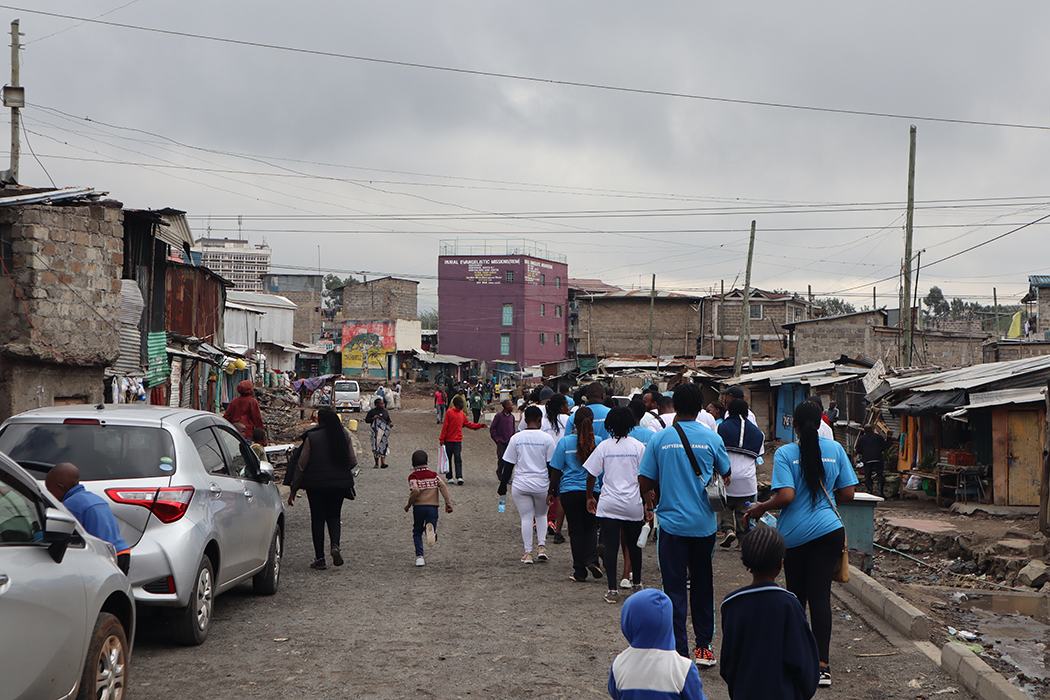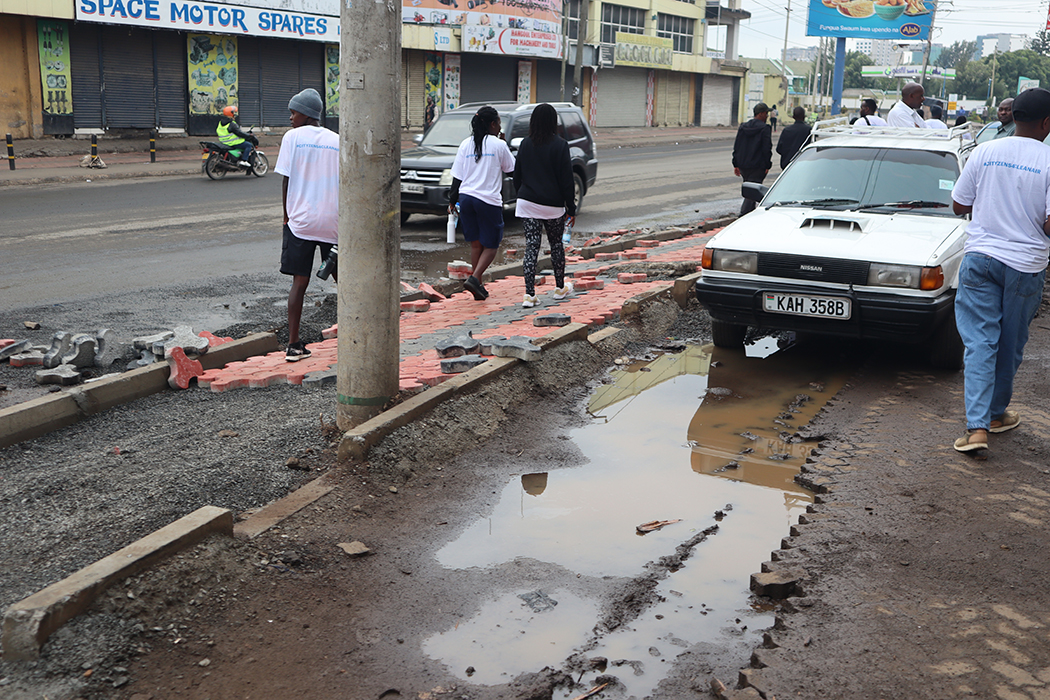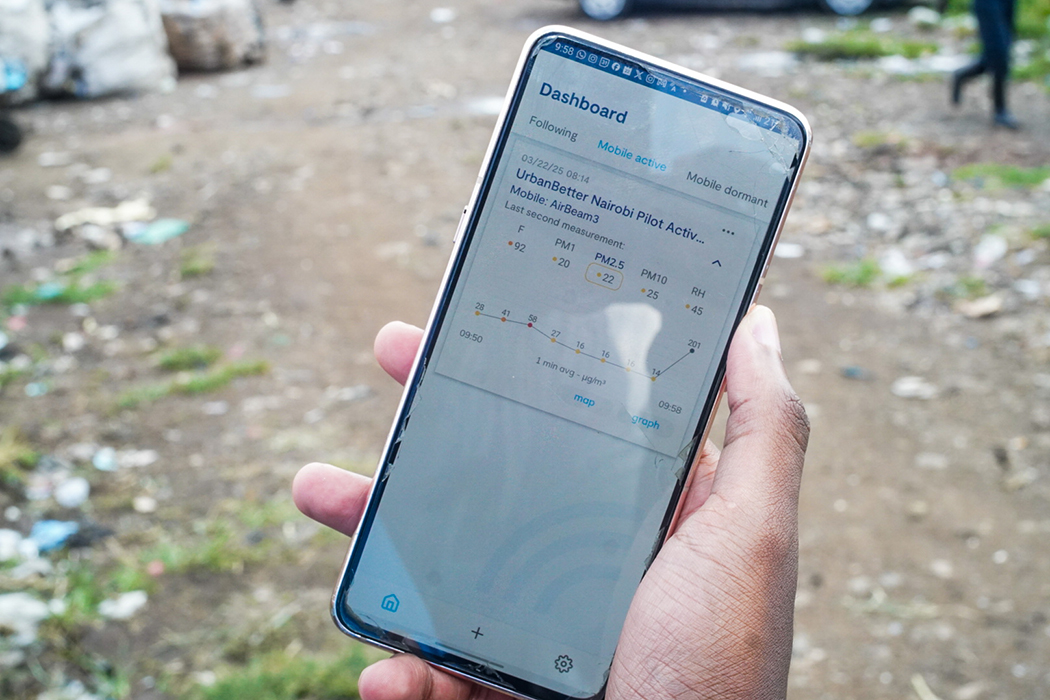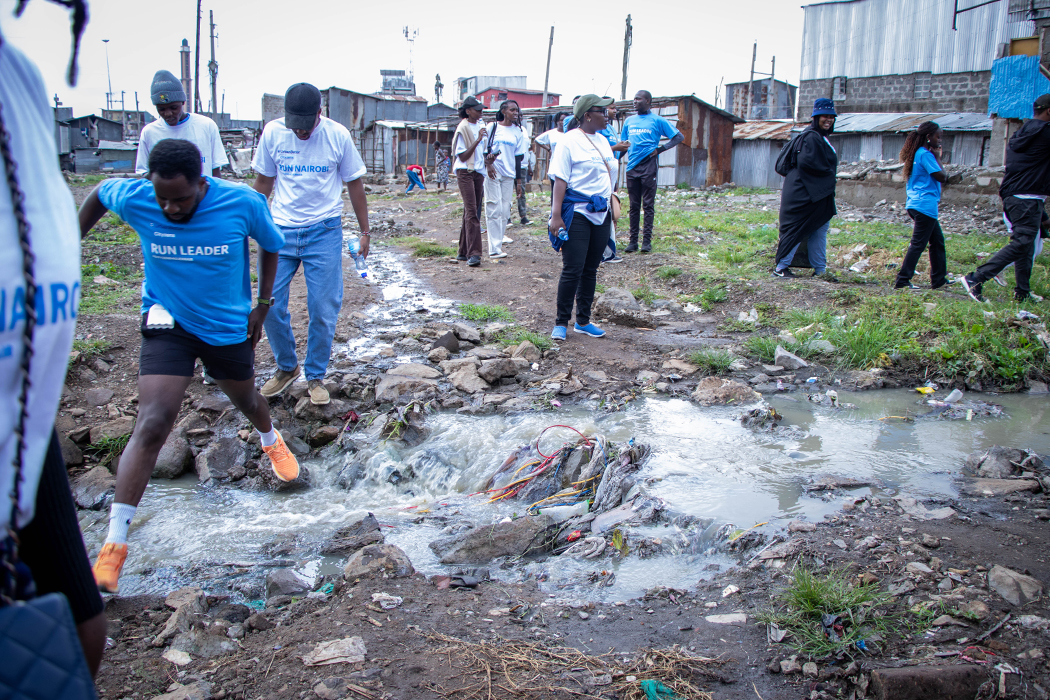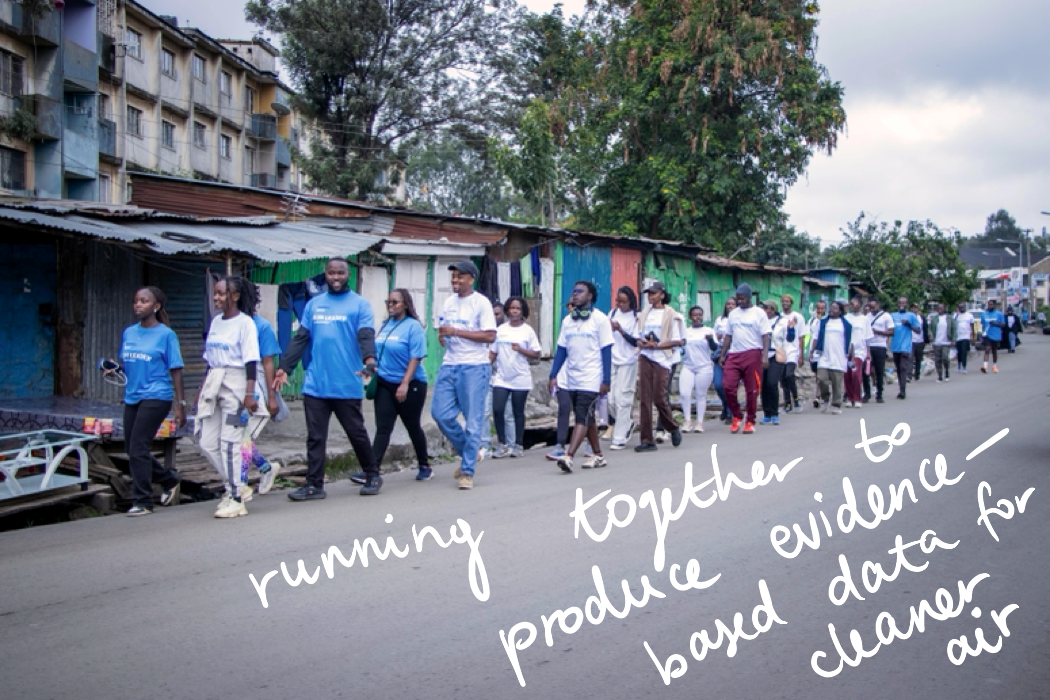
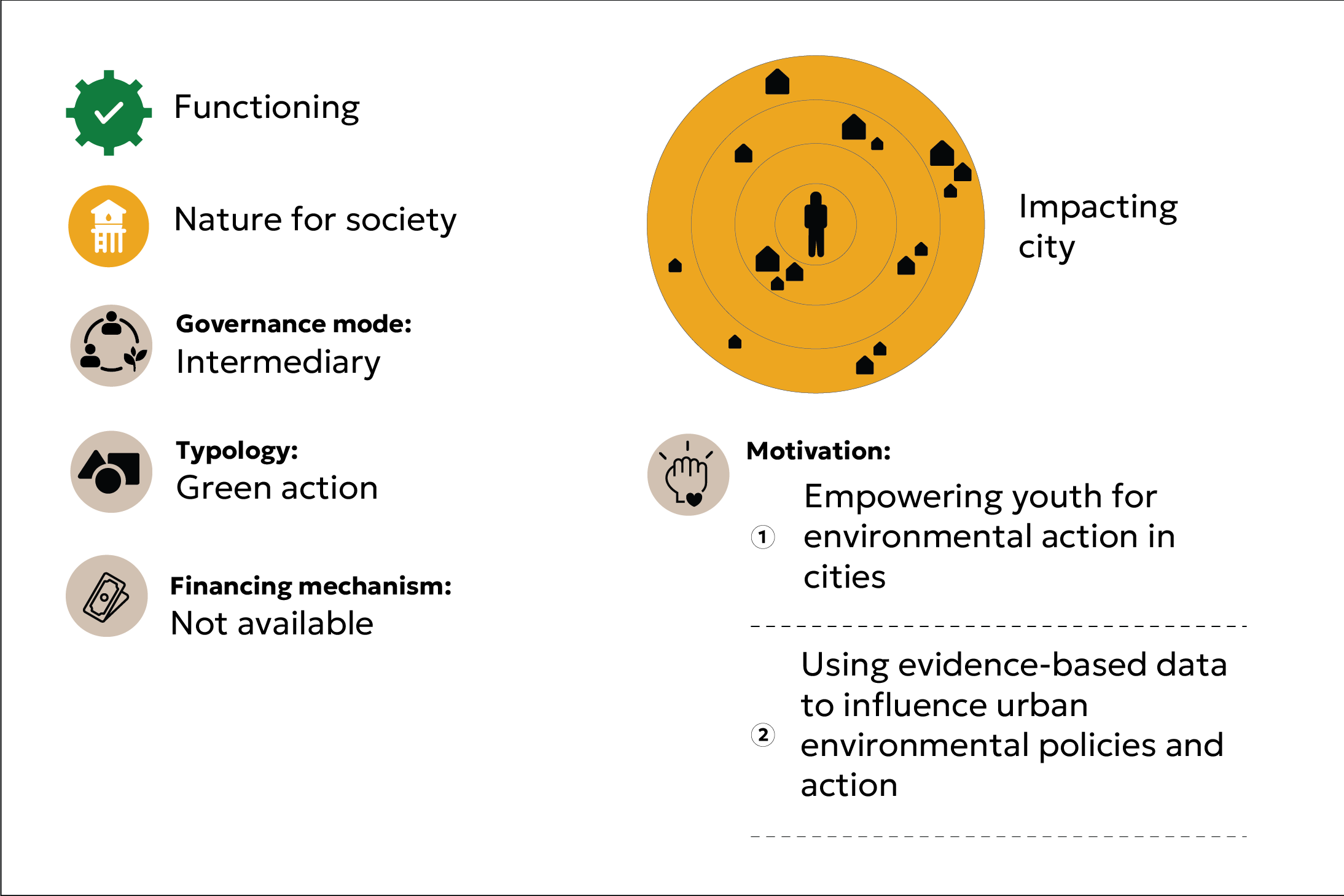
Contact and follow this initiative through nairobi (at) urbanbetter (dot) science, or through their Linktree.
The initiative is part of a larger data-driven advocacy movement, UrbanBetter, working at the nexus of health and climate to inform action that improves health, increases climate resilience and advances sustainable development goals. The initiative mobilizes youth (18-35 years old) as ‘citizen scientists’ and partners with actors ranging from local CBOs to international bodies like the UN Environment Programme (UNEP). The primary driver is using hard data to advocate for environmental policy change, specifically targeting air quality and promoting safe, active mobility routes. UrbanBetter trains young people to use portable sensors to collect hyperlocal air quality data. This evidence is then used for community discussions and targeted advocacy campaigns aimed at influencing policy, such as the Nairobi Air Quality Action Plan.
Working towards justice:
The initiative is built on active citizen participation, training youth not just as data collectors but as key actors in scientific research and policy advocacy. This empowers them to take a central role in addressing environmental problems in their city. The project provides recognition for youth as credible scientific actors and legitimate political voices. Equipping them with data, it validates their lived experiences of pollution and gives them the evidence needed to effectively engage with decision-makers. UrbanBetter works towards justice by democratising access to environmental data, empowering communities to advocate for a fairer distribution of public resources towards cleaner air and safer streets for all.
The potential to benefit people and nature:
While not a physical intervention itself, Nairobi Cityzens provides the critical evidence and advocacy needed to guide where and how nature-based actions should be implemented. By generating the local data on pollution hotspots, they identify priority areas where green infrastructure, such as street trees or parks, would be most effective. Their advocacy for active mobility directly supports the creation of green corridors. This work represents the essential ‘pre-development’ phase that makes future environmental interventions more strategic and targeted.
The initiative’s potential lies in connecting environmental data and on-the-ground greening projects. They could partner with other initiatives to conduct “before and after” studies, using sensors to scientifically measure the impact of a new park or tree planting drive. By expanding the citizen science model to include monitoring biodiversity or urban heat, they could become a comprehensive data engine for Nairobi, guiding and validating a wide range of actions that improve both human well-being and urban ecosystems.
